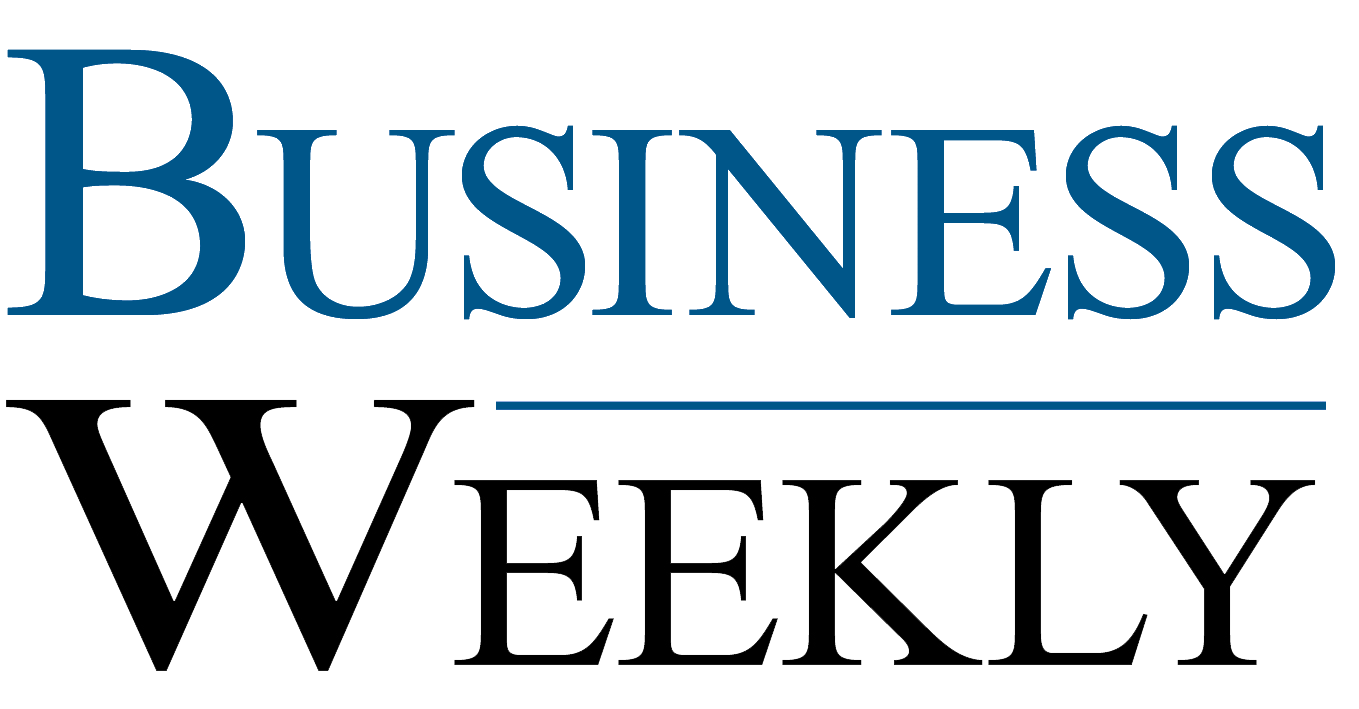
eBusiness Weekly

Some people, and perhaps many readers of Business Weekly, will be surprised that annual inflation rose to “just” 2,24 percent in October, which takes into account many of those panic price rises towards the end of September.
But there is no cheating at Zimstat, the Zimbabwe National Statistics Agency. The inflation figures are built around what used to be known as the lower-income cost-of-living index, and most of the products in the shopping basket used for this calculation are either almost totally produced in Zimbabwe or, if they have a significant forex component, have such a high priority in foreign exchange allocations that the importer is able to buy forex at the 1-1 rate.
Consider the person who travels to work by kombi, and generally eats little but fresh meat and vegetables, or locally produced and milled maize meal, or bread made from locally milled wheat imported under a priority, or priority rice, or cooking oil expressed from priority soya beans. That person’s cost of living will have increased only marginally.
Even the recent jump in local tinned goods is unlikely to hit the person who when they want baked beans buys a scoop of dried beans and a few tomatoes, soaks the beans and cooks them. And local brewers and distillers have been careful not to raise the prices of most alcoholic drinks if we are looking at what is technically a luxury, but one that few would like to eliminate from their shopping basket.
The authorities seem determined to maintain the low inflation for this group with monitoring, careful allocations of forex and the like. And the responsible manufacturers and processors are playing ball. A few already had fixed maximum retail prices, and now groups such as the main millers and the oil expressers have joined the club and are publishing maximum wholesale and retail prices. Obviously traders are allowed to trim margins and cut prices, permanently to gain market share or temporarily in a promotion; but they cannot raise them.
The very wealthy, on the other hand, might well find that the recent 40 percent plus jump in, say, the price of a bottle of imported scotch whisky, or a packet of Italian biscuits for that matter, is something that they can absorb without much grief, perhaps using their winnings from their most recent stock market deals.
Those most hit by the price rises of non-essentials will be the group in the middle. They have become used to a range of choices of imports, buy more processed foods, and have moved quite a few once-a-year luxuries to the monthly shopping list. It is a general rule that while the higher you go up the income scale the lower percentage of your income you are likely to spend on food and beverages, this particular group are likely to find that percentage increasing.
There is possibly little comfort to offer them, trapped between a fixed salary and rising costs of imports, except to suggest that they “follow the flag”. Stuff with a little Zimbabwean flag on the package is now almost universally cheaper than the equivalent import. Even when there is a significant non-essential imported component, this is diluted by the fixed local costs and by the growing productivity of the workforce as sales rise.
And it is interesting that a fair number of Zimbabweans are now in the manufacturing businesses. Either they were tiny outfits that are now growing or they are newcomers, often people who found their brighter ideas rejected by their former employer. They tend to keep a low profile, perhaps because they are too busy running a business themselves instead of hiring a manager, but the forex shortage has given them a far larger boost than the old SI64 did. And even a tiny productive business has to have some people on the payroll and at least pay VAT and payroll taxes to the enforcers from Zimra.
There is no law that you cannot eat more healthy foods. Health columns in all newspapers and magazines tend to suggest that fresh meat and vegetables are far more healthy than stuff in tins or bought from a take-away.
To a large extent Zimbabwe is moving into a two-tier economy: the essentials and the non-essentials. The list of essentials is short, but they are what is necessary for life and prices are being kept tight. The list of non-essentials is very long, and is seeing far more inflation but at variable rates depending on whether the luxury is a pure import, is a partial import with local content of packaging or is almost pure local with the maker just needing to undercut a non-priority import.



